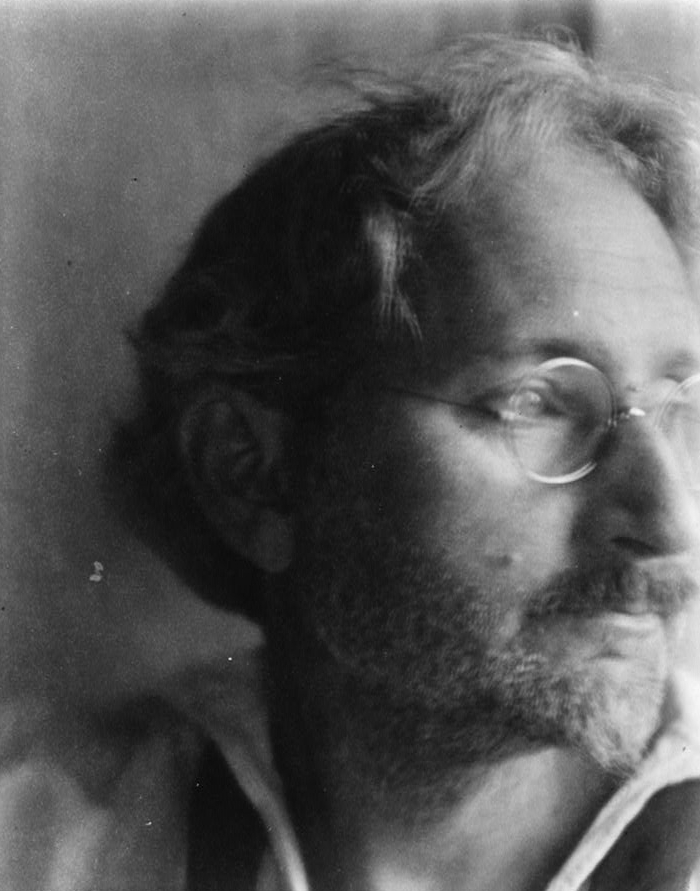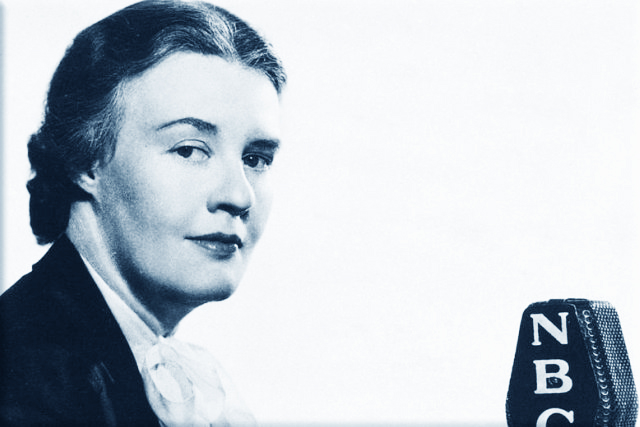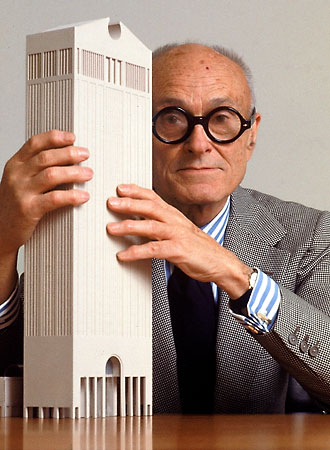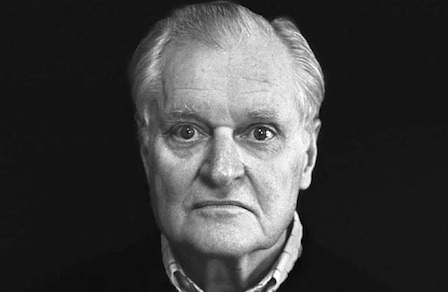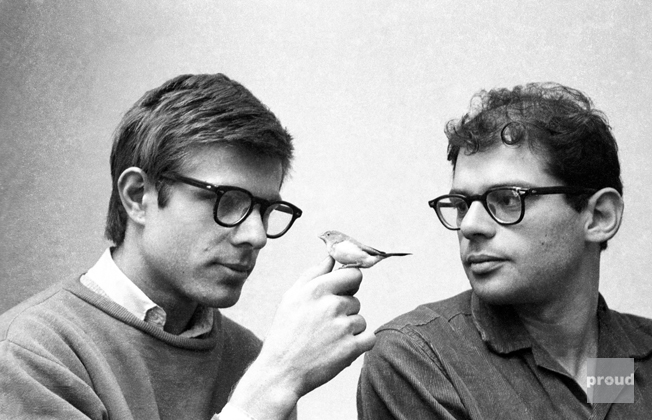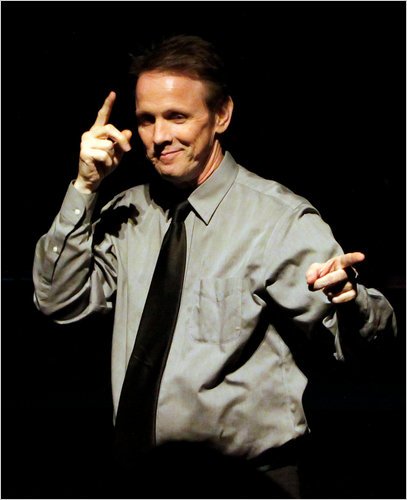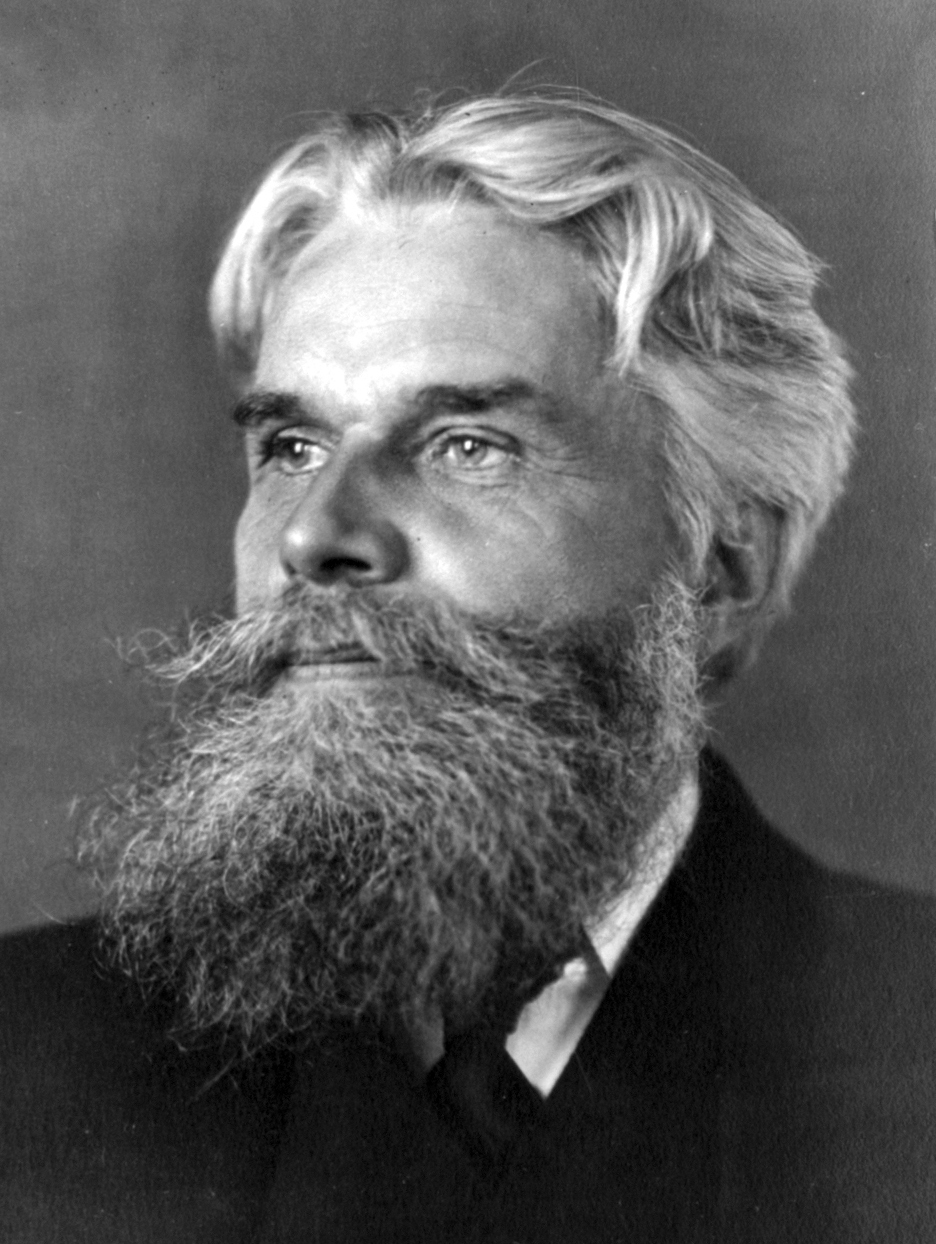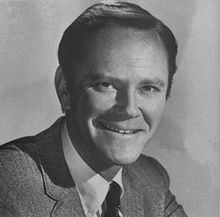|
Gay Wisdom for Daily Living brought to you by White Crane Institute ͏ ͏ ͏ ͏ ͏ ͏ ͏ ͏ ͏ ͏ ͏ ͏ ͏ ͏ ͏ ͏ ͏ ͏ ͏ ͏ ͏ ͏ ͏ ͏ ͏ ͏ ͏ ͏ ͏ ͏ ͏ ͏ ͏ ͏ ͏ ͏ ͏ ͏ ͏ ͏ ͏ ͏ ͏ ͏ ͏ ͏ ͏ ͏ ͏ ͏ ͏ ͏ ͏ ͏ ͏ ͏ ͏ ͏ ͏ ͏ ͏ ͏ ͏ ͏ ͏ ͏ ͏ ͏ ͏ ͏ ͏ ͏ ͏ ͏ ͏ ͏ ͏ ͏ ͏ ͏ ͏ ͏ ͏ ͏ ͏ ͏ ͏ ͏ ͏ ͏ ͏ ͏ ͏ ͏ ͏ ͏ ͏ ͏ ͏ ͏ ͏ ͏ ͏ ͏ ͏ ͏ ͏ ͏ ͏ ͏ ͏ ͏ ͏ ͏ ͏ ͏ ͏ ͏ ͏ ͏ ͏ ͏ ͏ ͏ ͏ ͏ ͏ ͏ ͏ ͏ ͏ ͏ ͏
|
|
||||
| This Day in Gay History | ||||
July 08Born 1864 - FRED HOLLAND DAY American photographer and publisher, born (d: 1933). He was considered by many to be the first in the U.S.A. to advocate that photography should be considered a fine art. Day's life and works had long been controversial, since his photographic subjects were often nude male youths. Pam Roberts, in F. Holland Day (Waanders Pub, 2001; catalog of a Day exhibition at the Van Gogh Museum) writes: "Day never married and his sexual orientation, whilst it is widely assumed that he was homosexual, because of his interests, his photographic subject matter, his general flamboyant demeanor, was, like much else about him, a very private matter." At the turn of the century, his influence and reputation as a photographer rivaled that of Alfred Stieglitz, who later eclipsed him. The high point of Day's photographic career was probably his organization of an exhibition of photographs at the Royal Photographic Society in 1900. He was a major patron of Aubrey Beardsley. Now that the attitudes toward homosexuality have changed so radically, since the 1990s Day's works have been included in major exhibitions by museum curators, notably in the solo Day retrospective at the Boston Museum of Fine Arts in 2000/2001 and similar shows at the Royal Photographic Society in England and the Fuller Museum of Art. Art historians are once again taking an interest in Day, and there are now significant academic texts on Day's homoerotic portraiture, and its similarities to the work of Walter Pater and Thomas Eakins. 1882 - PERCY GRAINGER, Australian-born composer, born (d: 1961); A composer, pianist, and champion of the saxophone and the concert band, who worked under the stage name of Percy Aldridge Grainger. Lots and lots of people had crushes on Grainger. He was the object of affection (or obsession) of several leading lights of his day, including composer Edvard Grieg and poet Vachel Lindsay. Grainger was a sado-masochist, with a particular enthusiasm for flagellation, who extensively documented and photographed everything he did. His walls and ceilings were covered in mirrors so that after sessions of self-flagellation he could take pictures of himself from all angles, documenting each image with details such as date, time, location, whip used, and camera settings. Percy was kinky. He gave most of his earnings from 1934–1935 to the University of Melbourne for the creation and maintenance of a museum dedicated to himself. Along with his manuscript scores and musical instruments, he donated the photos, eighty-three whips, and a pair of his blood-soaked shorts. Although the museum opened in 1935, it was not available to researchers until the 1960s. 1894 - DOROTHY THOMPSON, American journalist, radio commentator, lecturer and political analyst, born (d: 1961); an American journalist, who was noted by Time magazine in 1939 as one of the two most influential women in America, the other being Eleanor Roosevelt. In the 1930s she became an overnight sensation when Hitler expelled her from Germany because of her critical reports on Nazism. In 1931, when her marriage to Sinclair Lewis was already disintegrating, she met and fell in love with the Baroness Hatvany, better known as Christa Winsloe, the author of Mädchen in Uniform, the celebrated novel about love in a girls’ school. Although Thompson’s affair with Winsloe was not her first – she had previously been in love with Gertrude Franchot Tone, the politically active feminist mother of the movie actor – it was her most intense Lesbian attachment and resulted in an outpouring of feeling that she confided to her diary: “I put the incident down here as a record of my own sensibility if it not be love? This extraordinary heightening of all one’s feeling?...This incredible feeling of sisterhood.” Sinclair Lewis was virtually impotent and, knowing of his wife’s bisexuality, had just published Ann Vickers, a novel about a career woman driven to suicide because of a Lesbian relationship. No time could have been better chosen for Thompson’s affair with Winsloe, a love affair that her biographer, Vincent Sheean, with little understanding, called “a rather strange interlude.” See a more detailed biography of this trailblazing Lesbian journalist. 1906 - PHILIP JOHNSON, American architect was born (d. 2005); One of the most influential of modern American architects, With his thick, round-framed glasses, Johnson was the most recognizable figure in American architecture for decades. In 1930, he founded the Department of Architecture and Design at MoMA and later (1978), as a trustee, he was awarded an American Institute of Architects Gold Medal and the first Pritzker Architectural Prize, in 1979. He was a student at the Harvard Graduate School of Design. When Johnson died in January 2005, he was survived by his long-time life partner, David Whitney, who died only a few months later, on June 12, 2005. 1927 - JOHN ASHBERY, American poet, born; "No figure looms so large in American poetry over the past fifty years as John Ashbery", Langdon Hammer, chairman of the English Department at Yale University, wrote in 2008. "No American poet has had a larger, more diverse vocabulary, not Whitman, not Pound". Stephen Burt, a poet and Harvard professor of English compared Ashbery to T.S. Eliot, the "last figure whom half the English-language poets alive thought a great model, and the other half thought incomprehensible". Ashbery's long list of awards began with the Yale Younger Poets Prize in 1956, selected by W.H. Auden, for his first collection, Some Trees. His early work shows the influence of Auden, Wallace Stevens, Boris Pasternak and many of the French surrealists (his translations from French literature are numerous). In the late 1950s, the critic John Bernard Myers categorized the common traits of Ashbery's avant-garde poetry, as well as that of Kenneth Koch, Frank O’Hara James Schuyler, Barbara Guest, Kenward Elmslie and others, as constituting a :New York School". Ashbery then wrote two collections while in France, the highly controversial The Tennis Court Oath (1962), and Rivers and Mountains (1966), before returning to New York to write The Double Dream of Spring, which was published in 1970. In the early 1970s, Ashbery began teaching at Brooklyn College, where his students included poet John Yau. In the 1980s, he moved to Bard College, where he is the Charles P. Stevenson, Jr., Professor of Languages and Literature. He was the poet laureate of New York state from 2001 to 2003, and also served for many years as a chancellor of the Academy of Poets. Ashbery lived in New York City and Hudson, New York, with his partner, David Kermani. He died of natural causes on September 3, 2017 at his home in Hudson, at the age of 90. 1933 - PETER ORLOVSKY poet and Allen Ginsberg’s soulmate, born (d: May 2010); Orlovsky met Ginsberg while working as a model for the painter Robert La Vigne in San Francisco in December 1954. Prior to meeting Ginsberg, Orlovsky had made no deliberate attempts at becoming a poet. With Ginsberg's encouragement, he began writing in 1957 while the pair were living in Paris. Accompanied by other beat writers, Orlovsky traveled extensively for several years throughout the Middle East, Northern Africa, India, and Europe. Ginsberg and Orlovsky wrote and spoke openly about their relationship, which they deemed a marriage. Because of Ginsberg’s prominence, the two men were social pioneers, the first Gay married couple that many people had ever heard of. He and Ginsberg lived together on the Lower East Side of Manhattan and on a farm in Cherry Valley in Upstate New York, for a time. It was Ginsberg who encouraged Orlovsky to write poetry, and though he published only a few slim volumes, his voice was singular, and his early work was admired by William Carlos Williams and Gregory Corso. It had outsider-ish originality (the spelling and phrasing were eccentric), a blunt, innocent earthiness, especially about bodily functions. In 1974, Orlovsky joined the faculty of the Jack Kerouac School of Disembodied Poetics at the Naropa Institute in Boulder, Colorado, teaching poetry. In 1979 he received a $10,000 grant from the National Endowment for the Arts to continue his creative endeavors. Orlovsky died of lung cancer. He lived in St. Johnsbury, Vermont. 1952 - Sign language interpreter ALAN CHAMPION was born on this date (d: 2011); Champion moved to New York City with the dream of performing on stage and ended up with a very different kind of role. “A very satisfying one,” he said. Born in Tulsa, Oklahoma, Champion communicated with his deaf parents as a toddler using sign language. Family members told him that he first lifted his hands to try to sign when he was two years old. Raised Southern Baptist he developed his voice as a singer in his church choir. He enrolled in Oral Roberts University but left without graduating because, he said, as a Gay man he did not feel comfortable at a Christian school. He worked as an interpreter at community colleges and theater companies in Tulsa and St. Louis before heading to New York in 1980. A month after arriving he received a letter from the Theater Development Fund announcing auditions for interpreters for Broadway shows. He was selected to sign interpret for The Elephant Man. An interpreter on the panel that selected him said he stood out for his calm but intense work when others could become distracted or flustered by the noise or energy of the performances only a few feet away. As much at ease interpreting The Elephant Man and ‘night Mother as he was with musicals like A Chorus Line and Les Miserables, Mr. Champion continued signing on Broadway through two rounds of chemotherapy after he was diagnosed with cancer in 2009. Deaf and hard-of-hearing Broadway patrons considered Alan Champion a star in his own right, their own shining light on Broadway. He died of cancer of the appendix in April 2011. Died 1939 - HAVELOCK ELLIS, British physician, died (b. 1859); A British sexologist, physician, and social reformer, his Sexual Inversion, the first English medical text book on homosexuality, co-authored with John Addington Symonds, described the sexual relations of homosexual men and boys, something that Ellis did not consider to be a disease, immoral, or a crime. The work assumes that same-sex love transcends age as well as gender taboos, as seven of the twenty-one examples are of inter-generational relationships. A bookseller was prosecuted in 1897 for stocking it. Although the term itself is attributed to Ellis, he writes in 1897, “‘Homosexual’ is a barbarously hybrid word, and I claim no responsibility for it.” Other psychologically important concepts developed by Ellis include auto-eroticism and narcissism, both of which were later taken up by Sigmund Freud. Alas, he was also a proponent of eugenics. 1994 - DICK SARGENT, American actor died b. 1930); Born Richard Stanford Cox, Sargent was an American actor best known for his portrayal of "the second Darrin Stephens" on the television series Bewitched. Later in life, he publicly declared his sexuality, and supported Gay Rights issues. He had long hidden his sexuality, appearing with Lesbian actress Fannie Flagg on the 1970s game show Tattletales as a couple. The game show featured celebrity married couples, and Sargent and Flagg claimed they were dating. In reality, Sargent lived with life partner Albert Williams until his death. In June 1992, Sargent was a Grand Marshal of the Los Angeles Gay Pride parade along with former co-star Elizabeth Montgomery. | ||||
|
|8|O|8|O|8|O|8|O|8|O|8|O|8|O|8| Gay Wisdom for Daily Living from White Crane Institute "With the increasing commodification of gay news, views, and culture by powerful corporate interests, having a strong independent voice in our community is all the more important. White Crane is one of the last brave standouts in this bland new world... a triumph over the looming mediocrity of the mainstream Gay world." - Mark Thompson Exploring Gay Wisdom & Culture since 1989! |8|O|8|O|8|O|8|O|8|O|8|O|8|O|8| | ||||
|
|||||
|

